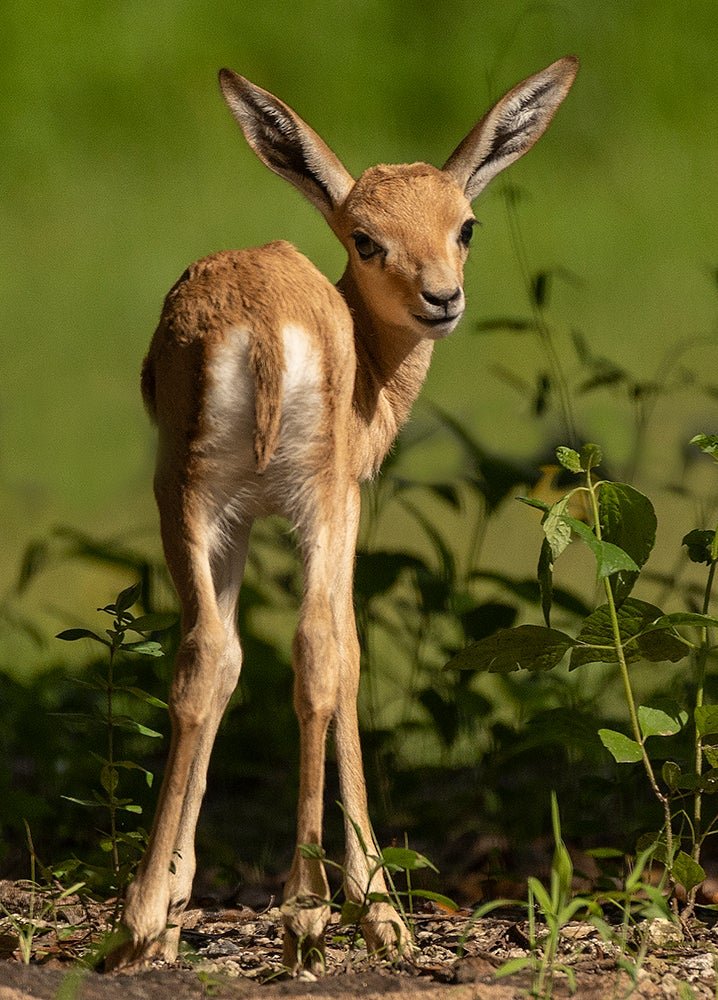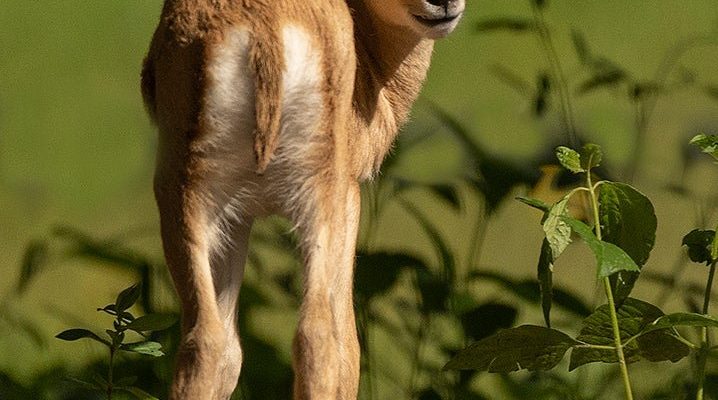
So, what’s causing this decline? Picture a puzzle missing several key pieces. That’s what we see when looking at the factors contributing to the endangered status of gazelles. Habitat loss, poaching, and climate change all play significant roles in this intricate picture. In this article, we’ll explore the different species of gazelles, the reasons behind their endangered status, and how global conservation efforts are stepping in to help.
Understanding Gazelles and Their Habitat
Gazelles are part of the Bovidae family, which also includes animals like goats and antelope. They typically inhabit open grasslands, savannas, and deserts across Africa and parts of Asia. Each species has adapted to its environment, like the Thomson’s gazelle, known for its incredible speed to escape predators, or the Dorcas gazelle, which has developed the ability to survive with minimal water.
Habitat is essential for gazelles. They need vast open spaces to roam and graze. However, as human populations grow, natural habitats are being replaced by urban developments, farms, and roads. This encroachment can feel like a tight squeeze on a balloon as it loses its shape. Without sufficient space, gazelles struggle to find food, raise their young, and avoid predators.
Species of Gazelles at Risk
Among the various species of gazelles, some are particularly at risk. For instance, the Ghazal gazelle, mainly found in North Africa, is critically endangered. Its population has dwindled due to habitat destruction and hunting. Another example is the Persian gazelle, which faces similar threats in its native habitats of Iran and surrounding countries.
Each species has unique needs that make conservation efforts complex. For instance, the Springbok, which adapts well to both arid and grassland environments, still faces pressures from poaching and climate change. Here’s a thought: when we lose even one species, we disrupt the entire ecosystem. The loss of gazelles, in particular, can lead to unchecked vegetation growth and a change in predator dynamics.
The Impact of Poaching
Poaching isn’t just a word; it’s a serious crime that threatens gazelles. Often driven by illegal wildlife trade, poachers target these animals for their meat and skins, resulting in dramatic declines in population. You might be wondering, “Why would someone want to poach gazelles?” The answer often lies in profit, as demand for exotic animal products can lead to dangerous practices that endanger species.
The effects of poaching extend beyond individual animals. Imagine a chess game where pieces are constantly removed; the game’s balance is disrupted. When gazelles are poached, the predator-prey relationships in their habitats are also affected, leading to a loss of biodiversity. Conservationists work tirelessly to combat poaching through education, stricter laws, and on-the-ground efforts to protect these animals and their habitats.
Climate Change and Its Effects
Climate change is a monster lurking in the shadows, affecting gazelles and many other species. Rising temperatures and changing rainfall patterns greatly impact the ecosystems where these animals thrive. For example, droughts can reduce the availability of food and water, forcing gazelles to migrate farther than ever in search of resources.
This migration often leads them into conflict with humans as they venture into agricultural lands, looking for an easy meal. It’s like a game of musical chairs, where the chairs (resources) are disappearing, and the gazelles are left scrambling for what’s left. If climate change continues unchecked, the future of gazelles looks bleak.
Global Conservation Efforts
Conservationists around the globe are stepping up to the plate. Organizations like the World Wildlife Fund and Wildlife Conservation Society have initiatives aimed at protecting gazelles and their habitats. These efforts range from creating protected areas to implementing anti-poaching laws that protect these animals.
Local communities also play a crucial role in conservation. By involving them in the process and providing alternative livelihoods, many organizations help communities see the value of preserving gazelles rather than exploiting them. For instance, ecotourism can create jobs while fostering awareness about the importance of protecting these beautiful creatures.
How You Can Help
You might be sitting there thinking, “What can I do?” Well, there are many small contributions that add up! Here are a few ideas:
- Support wildlife conservation organizations through donations or volunteering.
- Educate others about the importance of preserving ecosystems and endangered species.
- Choose sustainable products that don’t harm wildlife habitats.
- Advocate for policies that protect wildlife and their natural environments.
Every little action counts. It’s like planting a seed; with the right care, it can grow into something magnificent.
The Future of Gazelles
While the situation for gazelles may seem dire, there’s still hope. Global awareness and conservation efforts have started to gain traction. Many species have been placed on conservation lists, and protected areas are being established, providing some relief for these animals.
However, the journey is long. If we really want to see gazelles thrive again, ongoing commitment and education are vital. It’s about creating a world where these animals can roam free without the looming threat of extinction. If we all pitch in, we can help protect the delicate balance of nature that includes these stunning creatures.
In conclusion, gazelles are undoubtedly facing challenges, but they are not alone in this fight. With awareness, action, and dedication, there’s a chance to ensure that future generations can witness their elegance and grace. So, let’s be part of the solution and play our part in protecting not just gazelles but the entire tapestry of life on our planet.

